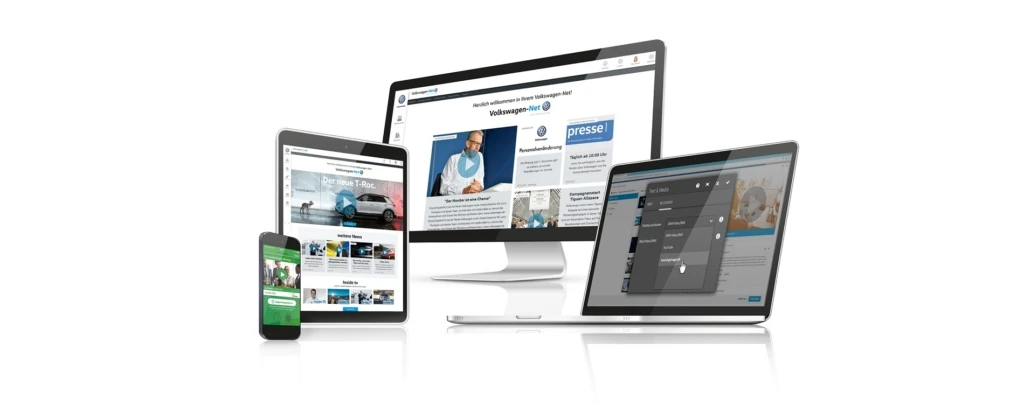
For Streaming, Live Events, and Instructions: This Is How Videos Work in the Workplace
YouTube, Snapchat and other platforms are proof of how powerful videos can be in communication. But how can companies effectively use this medium as well? Here in the workplace, videos are excellent tools for training purposes, company profiles and internal communication. But it’s a suicide mission when 1,000 employees try to stream simultaneously or when a company wants to handle half a terabyte of training videos without professional support. And then there are privacy issues to consider as well.
Why video? Because our brains can process information presented as images 60,000 times faster than written information. And also because there is a target group for it out there. According to a Forbes study, management watches business-relevant videos at least once a week. And in situations such as onboarding new employees, product and PR videos, e-learning, or customer service, videos are particularly effective.
However, companies face big challenges when they try to produce their own videos. Video files are large, which leads to extremely long buffer times and streaming bottlenecks due to limited bandwidth. Take, for example, when thousands of users with different devices and different display resolutions want to stream a video at the same time. Moreover, video clips must be protected from unauthorised access, for example, through viewer authentication, and from undesired manipulation. We’re talking about fake news, you see.

The automobile manufacturer, Volkswagen, for example, has been using videos for years to communicate with its nearly 630,000 employees and its network of international dealers and customers. It was apparent from the beginning that the infrastructure for this, including the software to manage the library, had to be powerful due to the sheer number of viewers accessing the videos. movingimage, a Microsoft Partner, has used Microsoft Azure to design a platform that has met all of VW’s video requirements for some time now. “Without a scalable cloud infrastructure, a project like this would not make sense economically”, says Osman Tok, Director Alliances at movingimage EVP GmbH. movingimage’s enterprise video platform is seamlessly integrated in VW’s IT infrastructure, and also ensures that only authorised viewers have access. The automobile manufacturer can even broadcast live through webcasts with this platform. You can learn more about VW and how it uses videos, by viewing – you guessed it – a video.
An enterprise video platform isn’t just for global companies such as VW. Thanks to the cloud, the platform can also be scaled down, so that even medium-sized enterprises can benefit from a turnkey solution that centrally manages videos and makes them available to viewers. The customer pays only for the used storage space and processing power, as is typical in cloud solutions. The sky’s the limit when it comes to streaming thanks to the combination of cloud power and a customized platform. See VW as an example.
Since Azure can be integrated in the remaining Microsoft universe, customers can directly embed their videos in various applications, such as Microsoft SharePoint, Yammer, Teams, PowerPoint or Outlook. And third-party applications such as Jive, Moodle, Salesforce or Adobe can also join in on the video fun.
By the way, we are well aware that an article about videos is absurd. See “60,000 times faster”. Nevertheless, thanks for hanging in there and reading to the end. We are working on a video version for our blog. ?




